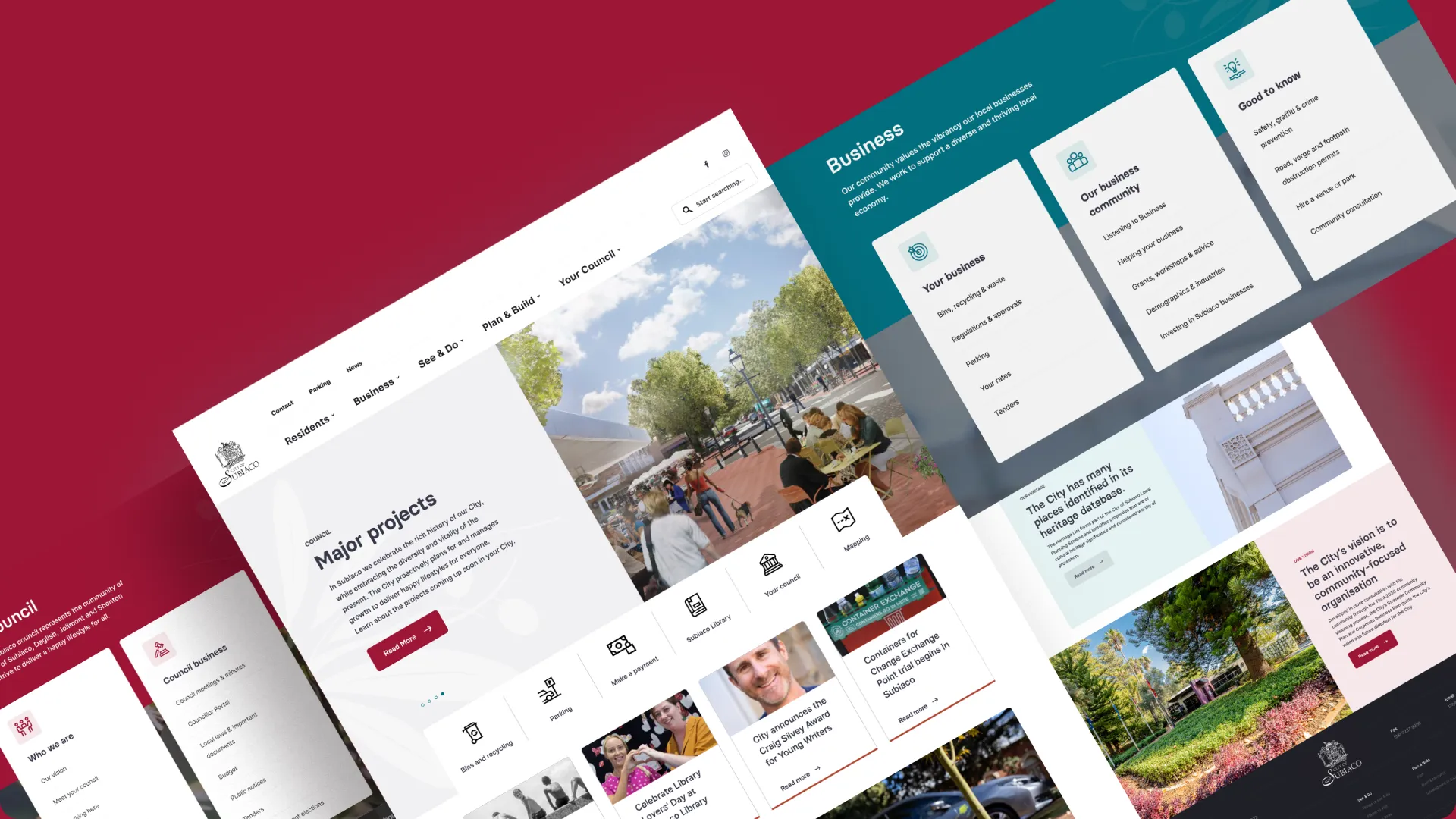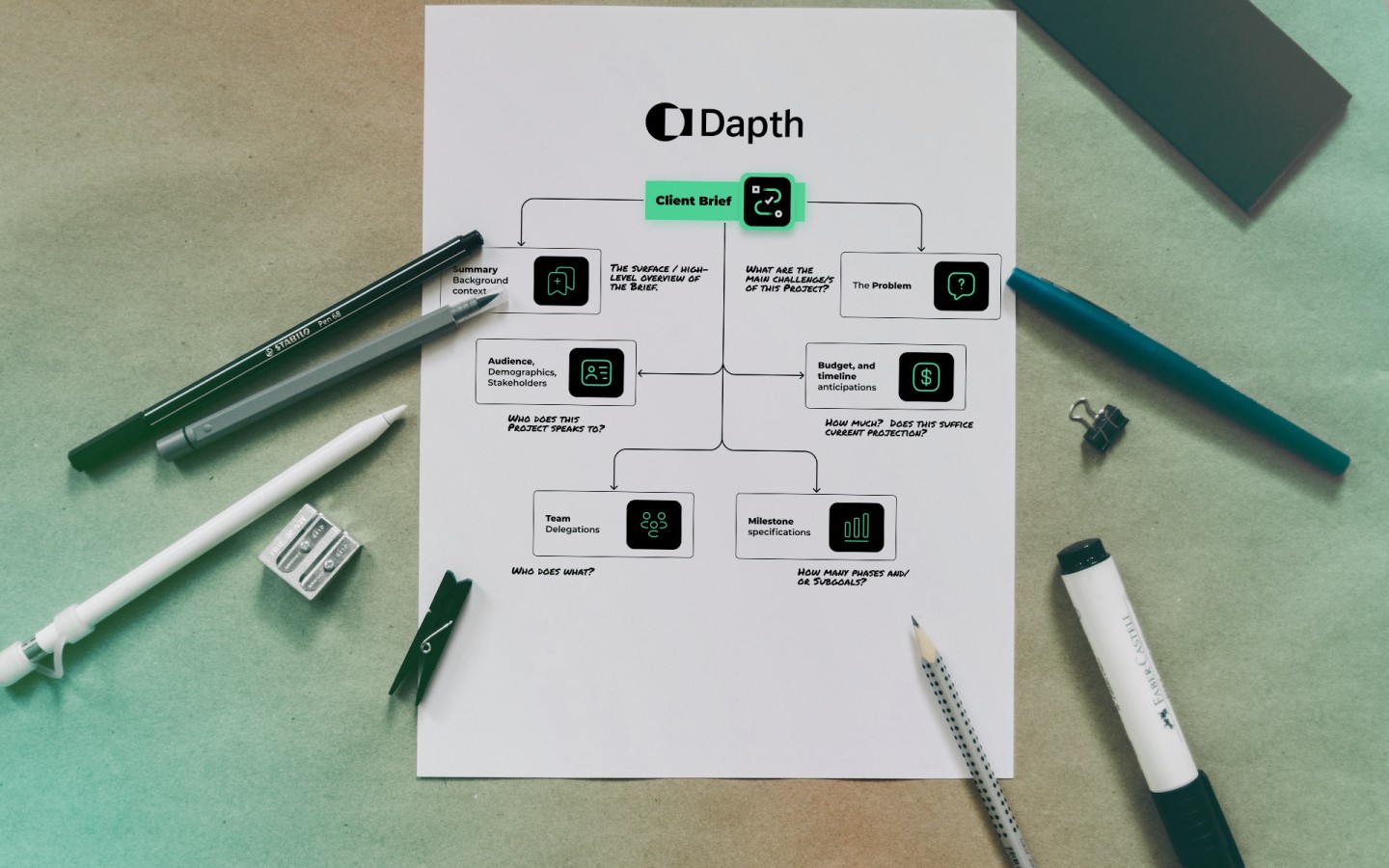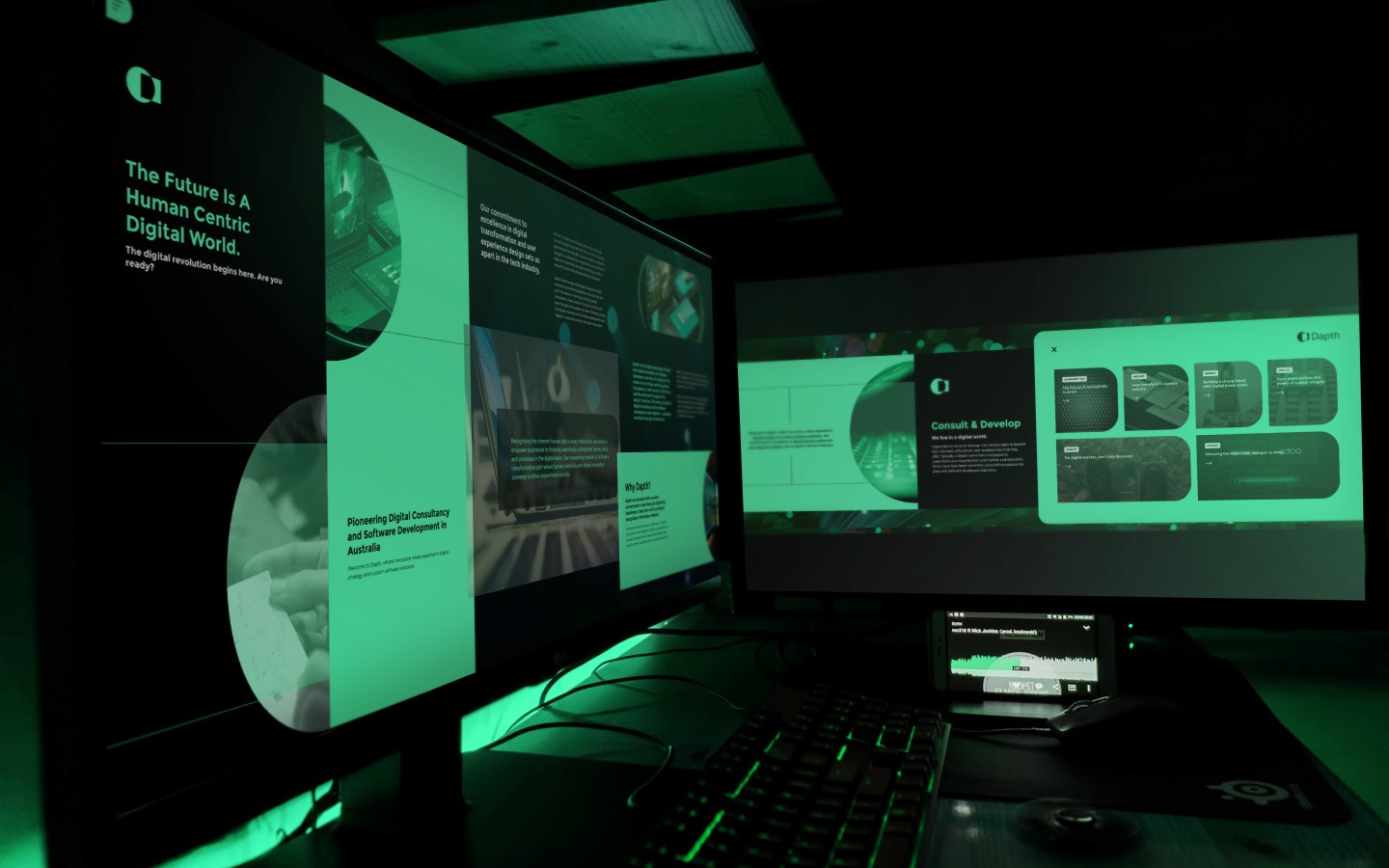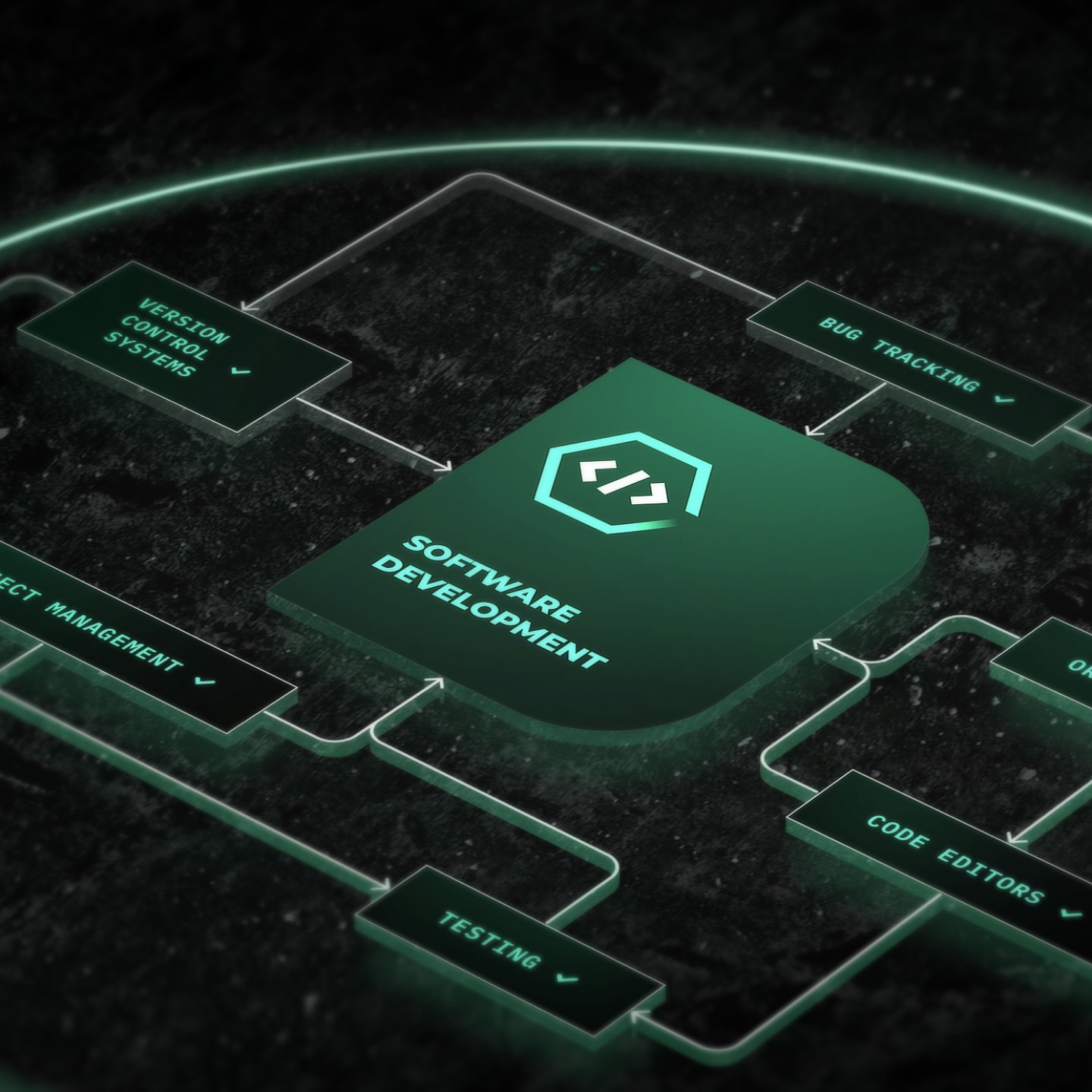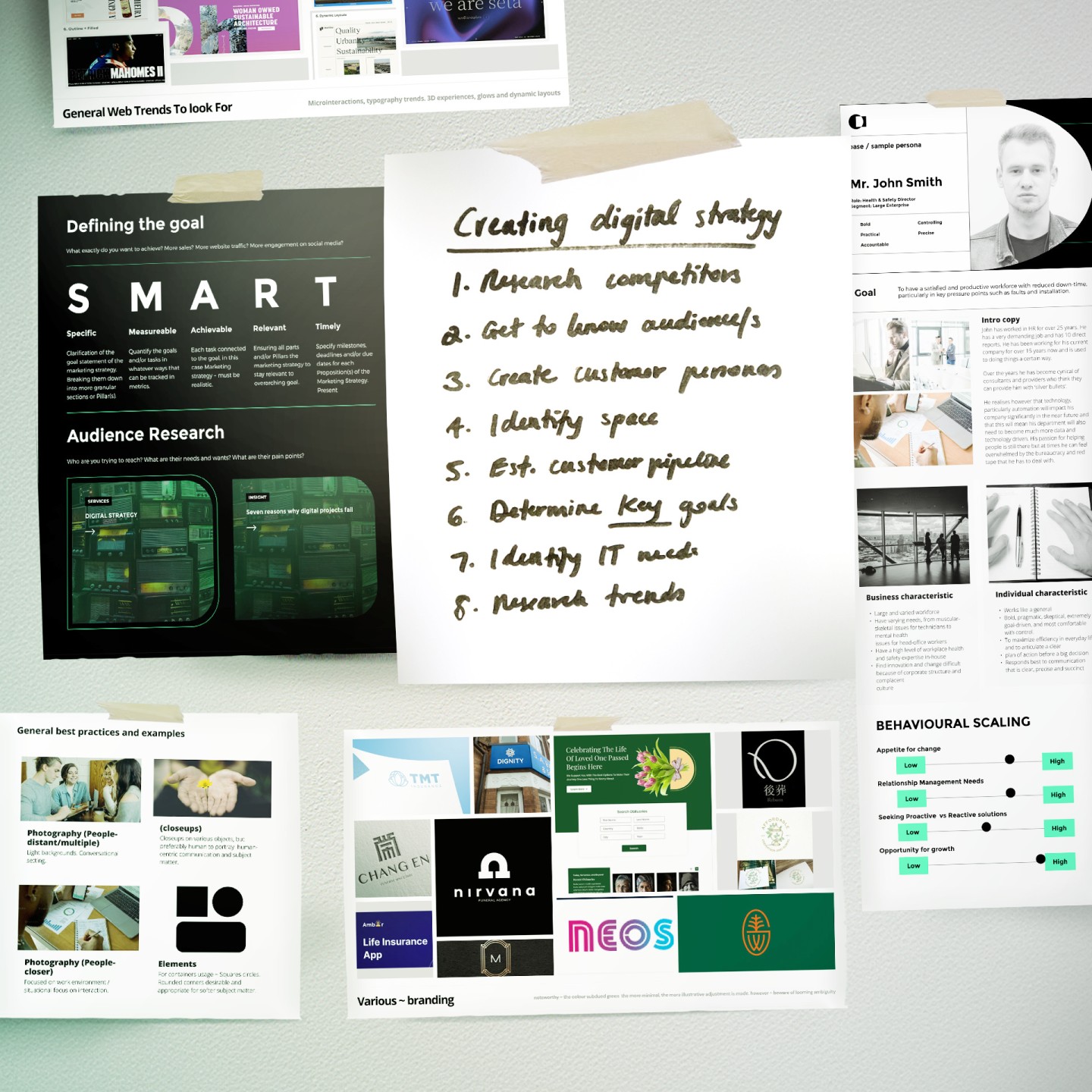
The term 'Digital Customer Experience' or DCX, refers to all customer interactions with a brand through online channels.
These touchpoints include social media channels, live chat, email, websites, mobile apps, and more.
A customer's overall perception of your brand is based on these virtual touchpoints - which comprise the digital experience.
In today's digital landscape, the rapid rise of digital channels where customers engage or talk about your brand has created many challenges.

In the dynamic realm of digital customer experiences, ensuring that your brand stands out is paramount.
Successful businesses focus on three core customer experience principles, with digital experience being one of them. These principles are:
- Place the digital experience in the business context
- Acknowledge that customers have varying needs
- Make decisions based on value creation.
The most critical components of DCX include:
- UI and UX
- Personalisation
- Omnichannel integration
- Accessibility
- Data-driven insights
- Real-time responsiveness
- Seamless transactions
- Customer support and service
- Continuous Optimisation
Understanding Digital Customer Experience
Digital Customer Experience (DCX) is crucial to customer experience (CX). CX is the customer’s perception of your brand based on their interactions with your products and people throughout their journey. DCX refers to customers' online interactions with your brand and the perception they form due to these interactions.
While CX and DCX sound similar, they are not the same. DCX is a subset of CX that focuses specifically on digital interactions. The quality of these interactions is increasingly important as customers expect hassle-free and accessible online experiences. Providing a positive digital customer experience helps to meet this expectation. It leaves customers with a good impression of your brand, which they may share with others or revisit your brand in the future.
Usability, accessibility, personalisation, and consistency are factors that influence DCX. Technology plays a significant role in shaping DCX, and companies are turning to the virtual world for advertising, e-commerce, and relationship building.
Possible formats for DCX include a brand website, mobile app, live chat, email marketing, social media, chatbots, personalised accounts, push notifications, e-learning portals, and online reviews.

Building a Digital Customer Experience Framework
A digital customer experience (DCX) framework is crucial to modern business strategy. It enables companies to provide customers with a seamless, streamlined experience across multiple channels. Here are the critical components of a robust DCX framework:
Customer Journey Mapping: This involves creating a map of the customer's journey with your brand, from initial contact to post-sale follow-up, to identify areas for improving customer experience.
Omnichannel Integration: This means integrating all channels where customers interact with your brand, including your website, social media, email, and in-store experiences. It ensures that customers can access information and purchase through any channel they choose.
Data-Driven Insights: This involves analysing customer data to gain insights into their behaviour, preferences, and needs. It helps businesses understand what motivates their customers and how to serve them better.
Continuous Optimisation: means regularly reviewing and updating your DCX framework to ensure it remains effective. It involves testing new strategies and technologies to improve the customer experience.
It's essential to align your DCX framework with your business goals and customer needs. This will help you create a customer-centric approach that drives growth and loyalty. With a robust DCX framework, you can provide customers with a seamless, personalised experience that sets you apart from your competition.

Best practices from leading companies
Amazon, Netflix, Starbucks, and Airbnb are known for their exceptional digital customer experience (DCX) strategies. These companies employ personalisation, seamless integration, loyalty rewards, user-friendly design, and transparent review systems to enhance their customers' digital experience.
Amazon
Amazon's success in DCX is primarily attributed to its personalised recommendations and seamless checkout process. Amazon uses complex algorithms to analyse customer data, including browsing history, purchase behaviour, and demographics. By understanding each customer's preferences and interests, Amazon provides personalised product recommendations, enhancing the shopping experience and increasing the likelihood of conversions. Amazon's checkout process also prioritises convenience and efficiency, with features like one-click ordering and saved payment methods.
Netflix
Netflix excels in DCX through its intuitive user interface and AI-driven content recommendations. Netflix uses machine learning to personalise content recommendations based on viewing history, ratings, and interactions. This increases engagement and retention. The platform's intuitive navigation, seamless content discovery, and customisable profiles ensure a pleasant and user-friendly experience across all devices. Netflix also offers autoplay and content previews to enhance engagement and attract binge-watching behaviour.
Starbucks
Starbucks enhances DCX with its mobile app integration and loyalty rewards program. The Starbucks mobile app integrates with physical stores, allowing customers to order ahead, customise their drinks, and pay using their smartphones. The app provides a seamless and hassle-free ordering experience, reducing waiting times and improving customer satisfaction. Starbucks' loyalty rewards program, known as Starbucks Rewards, incentivises customers to make frequent purchases by offering reward points, which can later be redeemed for free drinks, food items, and other exclusive offers. Starbucks also gamifies the rewards system and provides personalised rewards to strengthen customer loyalty and encourage repeat business.
Airbnb
Airbnb excels in DCX through its user-friendly platform design and transparent review system. Airbnb's search interface is intuitive and easy to use, with interactive maps and high-quality photos that help users find and book accommodations that meet their preferences and budget. Additionally, features like instant booking and messaging make the booking process more convenient and efficient.
Airbnb's review system is transparent, which helps build trust and credibility among users. Guests can read reviews from previous guests, providing valuable insights into the quality and reliability of hosts and properties. By promoting transparency and accountability, Airbnb fosters community and trust, which is essential for the sharing economy model.
Implementing DCX strategies
- Steps to implement effective digital customer experience strategies:
- Conducting customer research and analysis
- Developing personas and customer journey maps
- Selecting and implementing appropriate technology solutions
- Training staff for consistent delivery of DCX
DCX best practices include:
Know your audience
Create an omnichannel customer experience
Pay attention to mobile experiences
Adopt analytics
Collect customer feedback
Conduct user testing
Think like a futurist.
Importance of iterative improvements and feedback loops
Providing a robust online experience with your product or service has become increasingly important in today's digital age. With so many competitors vying for attention, developing a well-planned approach is crucial to help you stand out. If you can provide an exceptional customer experience, you can keep your customers engaged, build brand loyalty, and drive sales. A comprehensive and thoughtful customer experience strategy is essential to achieve this goal.
First, ensuring that your brand delivers a high-quality experience across all channels and touchpoints, including your website, social media, and mobile apps, is important. This means that you should pay close attention to the design, functionality, and usability of your digital assets. You should also strive to make the user experience as seamless and efficient as possible so that your customers can easily find what they're looking for and complete their desired actions.
Another crucial aspect of a successful customer experience strategy is to provide opportunities for your customers to provide feedback and be willing to implement it. This means that you should actively seek out and listen to your customers' feedback, whether it's through surveys, reviews, or social media comments. Doing so lets you gain valuable insights into what your customers want and need and use that information to improve your product or service.
Leveraging chatbots and other virtual assistants is another effective way to enhance the customer experience. Chatbots can help answer common questions and support and guide customers through buying. They can also help save time and resources, freeing your team to focus on more complex tasks.
Finally, promoting self-service and self-sufficiency is another critical component of a successful customer experience strategy. By providing easy-to-use self-service tools, such as online forms and knowledge bases, you can empower your customers to find the information they need and complete their desired actions independently. This not only helps improve the customer experience, but it can also reduce the workload on your team and improve efficiency.
Measuring DCX success
Key performance indicators (KPIs) for measuring DCX success include:
Customer satisfaction scores (CSAT) – CSAT measures customers' satisfaction with their overall experience. It's usually measured through surveys or feedback forms, where customers rate their experience on a scale.
Net Promoter Score (NPS) – NPS measures the likelihood of customers recommending a company's product or service to others. It's based on the question 'How likely are you to recommend us to a friend or colleague?' with responses on a scale from 0 to 10.
Customer Effort Score (CES) – CES measures the ease with which customers can complete a task or resolve an issue. It assesses how much effort customers need to achieve a specific goal.
Conversion rates and customer retention – Conversion rates refer to the percentage of website visitors who perform an intended action, such as making a purchase or signing up for a newsletter. On the other hand, customer retention measures a business's ability to keep customers over time, which is essential for long-term success.

Utilising analytics tools for tracking and analysing DCX metrics
Using analytics tools is necessary for tracking and analysing DCX metrics effectively. These tools provide insights into customer behaviour, preferences, and pain points, allowing businesses to make data-driven decisions to enhance the digital experience.
Future trends in DCX
Emerging trends that are shaping the future of digital customer experience include the following:
- Artificial intelligence (AI) and machine learning for providing personalised experiences
- Voice and conversational interfaces for better customer engagement
- Augmented reality (AR) and virtual reality (VR) for creating immersive experiences
To stay ahead in digital customer experience innovation, businesses need to adopt the following strategies:
- Improving AI technology to leverage its benefits for enhancing customer experience
- Increasing the use of chatbots for prompt customer support
- Enhancing self-service capabilities to ensure a seamless customer experience
- Focusing more on predictive analytics to understand customer behaviour
- Adopting new augmented reality tools to create engaging experiences
- Offering personalised customer experiences that meet individual needs
- Emphasising the importance of data security and privacy to build customer trust
The Takeaway
In today's competitive business landscape, companies must prioritise the digital customer experience (DCX) to ensure success. This means understanding and meeting customer expectations across all digital touchpoints, such as websites, social media, and mobile apps. By doing so, businesses can foster customer loyalty, differentiate themselves from their competitors, and drive sustainable growth.
To achieve these goals, businesses must invest in DCX initiatives to improve the customer journey and overall experience. This can involve leveraging advanced technologies like chatbots, artificial intelligence, and big data analytics for personalised and efficient customer service. Continuous Optimisation of digital touchpoints is crucial to keep up with changing customer needs and preferences.
Ultimately, businesses prioritising and investing in enhancing DCX will meet today's digitally savvy consumers' needs and position themselves for long-term success. By providing seamless and enjoyable customer experiences, companies can stand out in the ever-evolving digital marketplace and gain a competitive edge.
In the dynamic realm of digital customer experiences, ensuring that your brand stands out is paramount. Our team specialises in crafting digital interfaces that resonate with users and foster memorable interactions. Our expertise in UI UX design in Perth is tailored for the evolving needs of businesses aiming to elevate their digital customer experience. As a distinguished UX design agency, we plan for the intricacies of user experience and are committed to delivering solutions that look exceptional and function seamlessly.
Whether you're seeking a UI UX designer or comprehensive user experience design services in Perth, our team is dedicated to transforming your digital presence into a beacon of user engagement and satisfaction. Dive into our world of user experience excellence and discover how we can make your digital customer experience truly impactful.
Frequently Asked Questions
What is an example of a good digital customer experience?
A good example of a strong digital customer experience is when a customer can easily navigate a company's website or mobile app to find information, make purchases, and receive personalised recommendations, all while enjoying a seamless and intuitive interface.
How do you create a digital customer experience?
Creating a digital customer experience involves understanding your customers' needs and preferences, optimising digital touchpoints across various channels, such as websites, mobile apps, and social media platforms, and leveraging data and analytics to personalise interactions and anticipate customer needs.
What is digitising customer experience?
Digitising customer experience involves transforming traditional customer interactions and processes into digital experiences using technology and digital platforms. This includes enabling customers to engage with businesses online, access self-service options, and receive personalised services in a digital environment.
What is a CX framework?
A CX framework is a structured approach or methodology used to design, implement, and manage customer experience initiatives across an organisation. It typically includes key components such as customer journey mapping, persona development, touchpoint optimisation, feedback management, and continuous improvement processes.
Who has the best customer service experience?
Companies like Amazon, Apple, and Zappos are often recognised for delivering exceptional digital customer experiences. They prioritise customer satisfaction, offer seamless online shopping experiences, provide responsive customer support, and continuously innovate to meet evolving customer expectations in the digital realm.



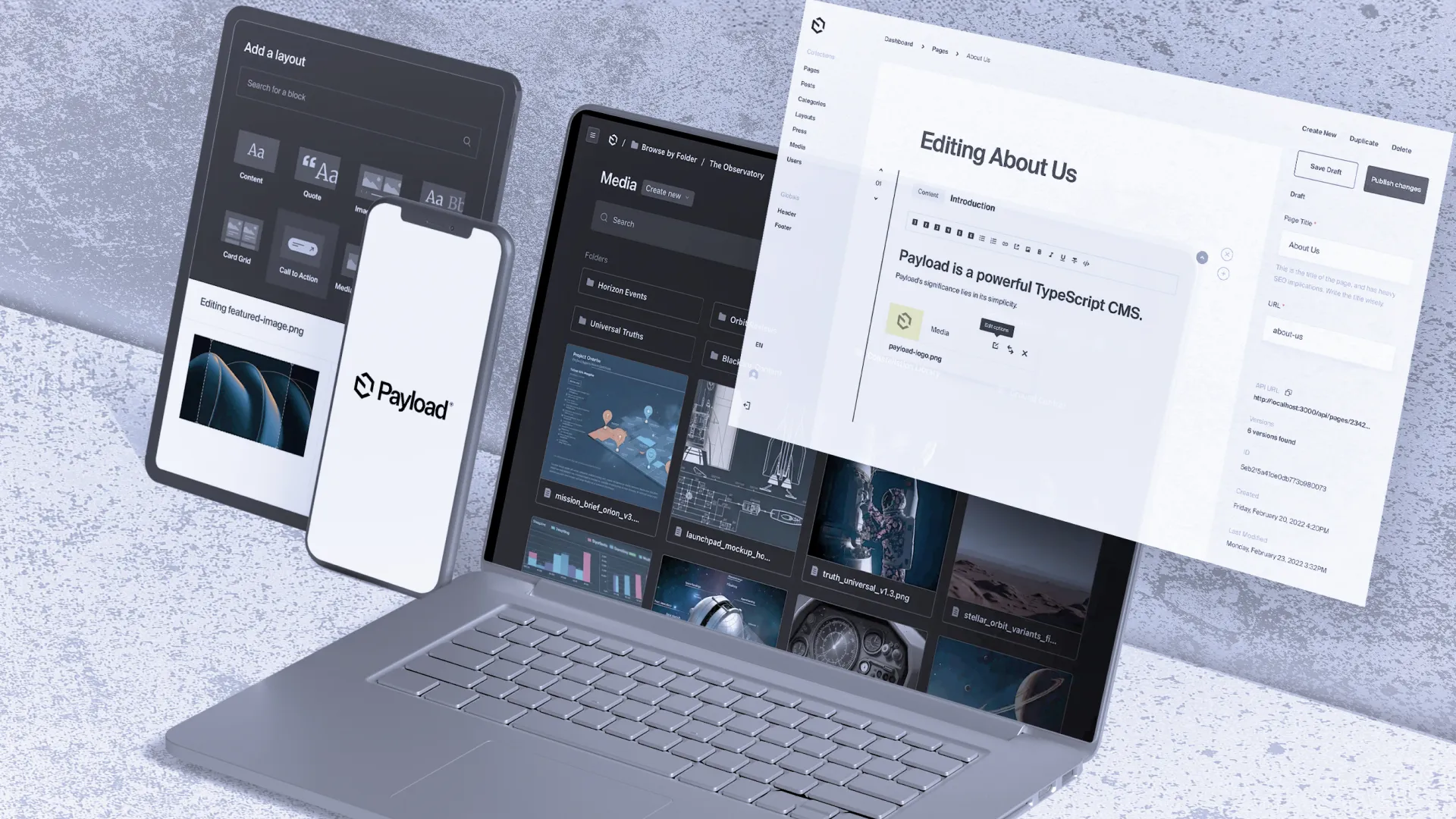

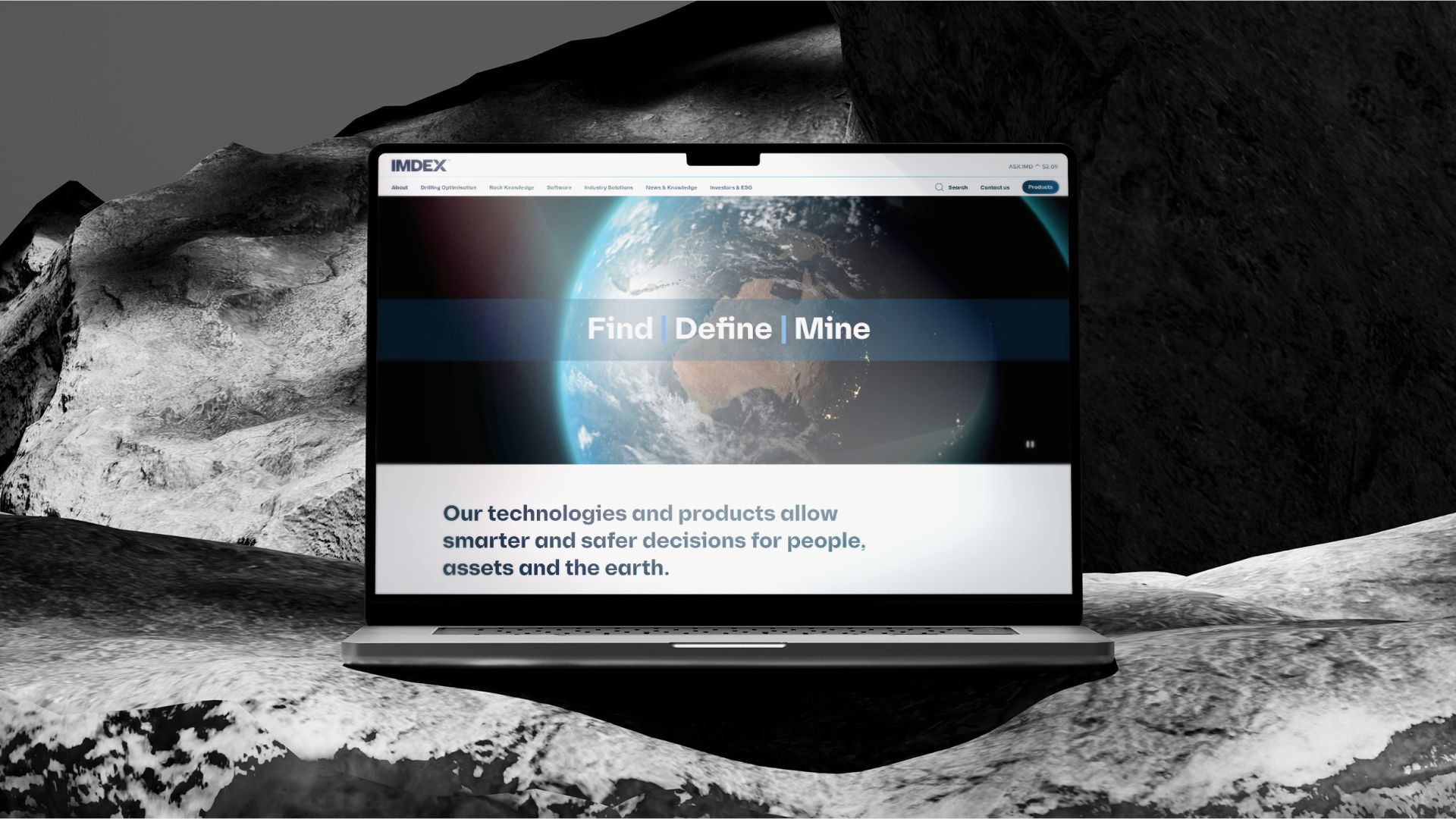
_web.webp)

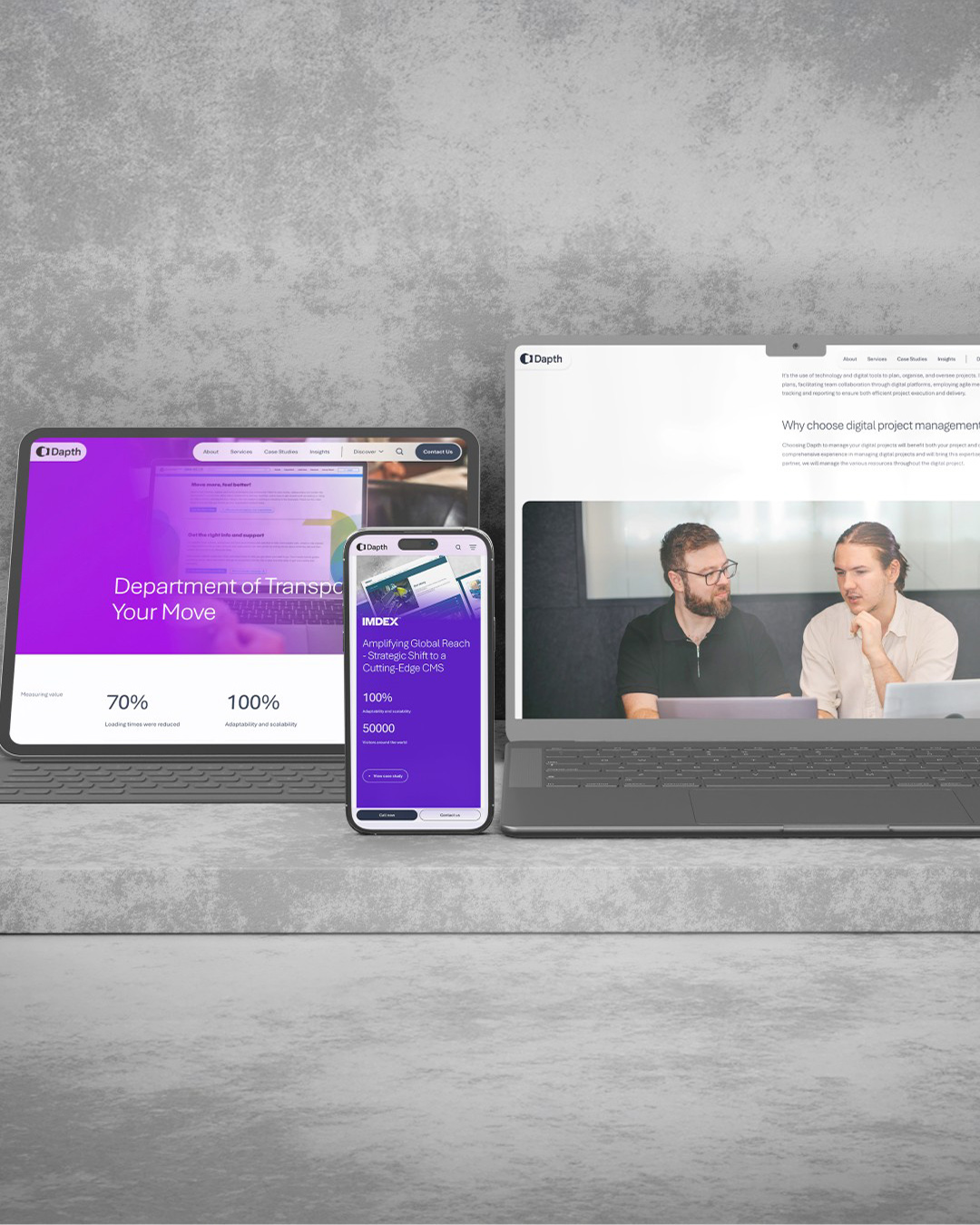






























_web.webp)
_web.webp)
_web.webp)

_web.webp)

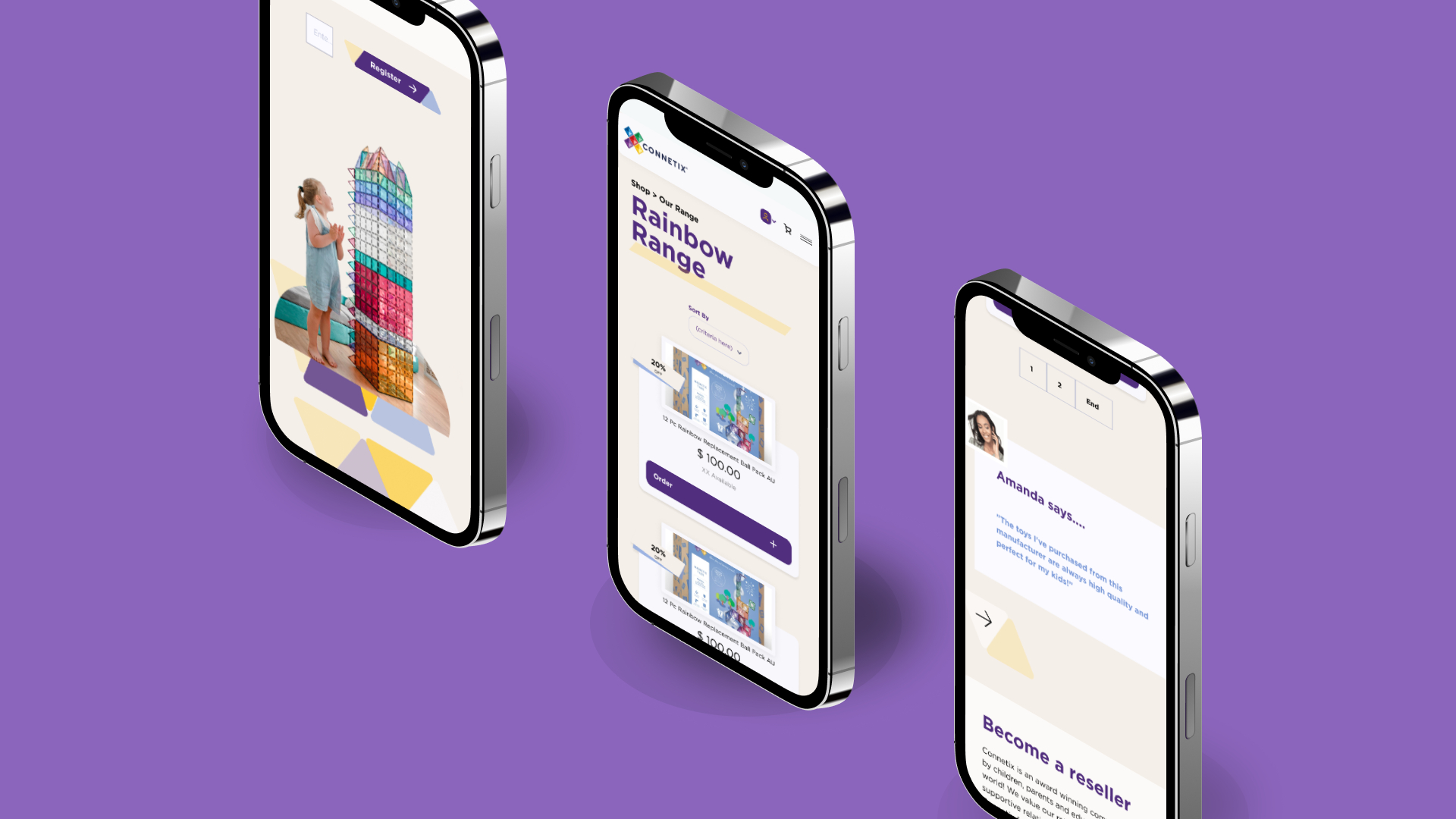
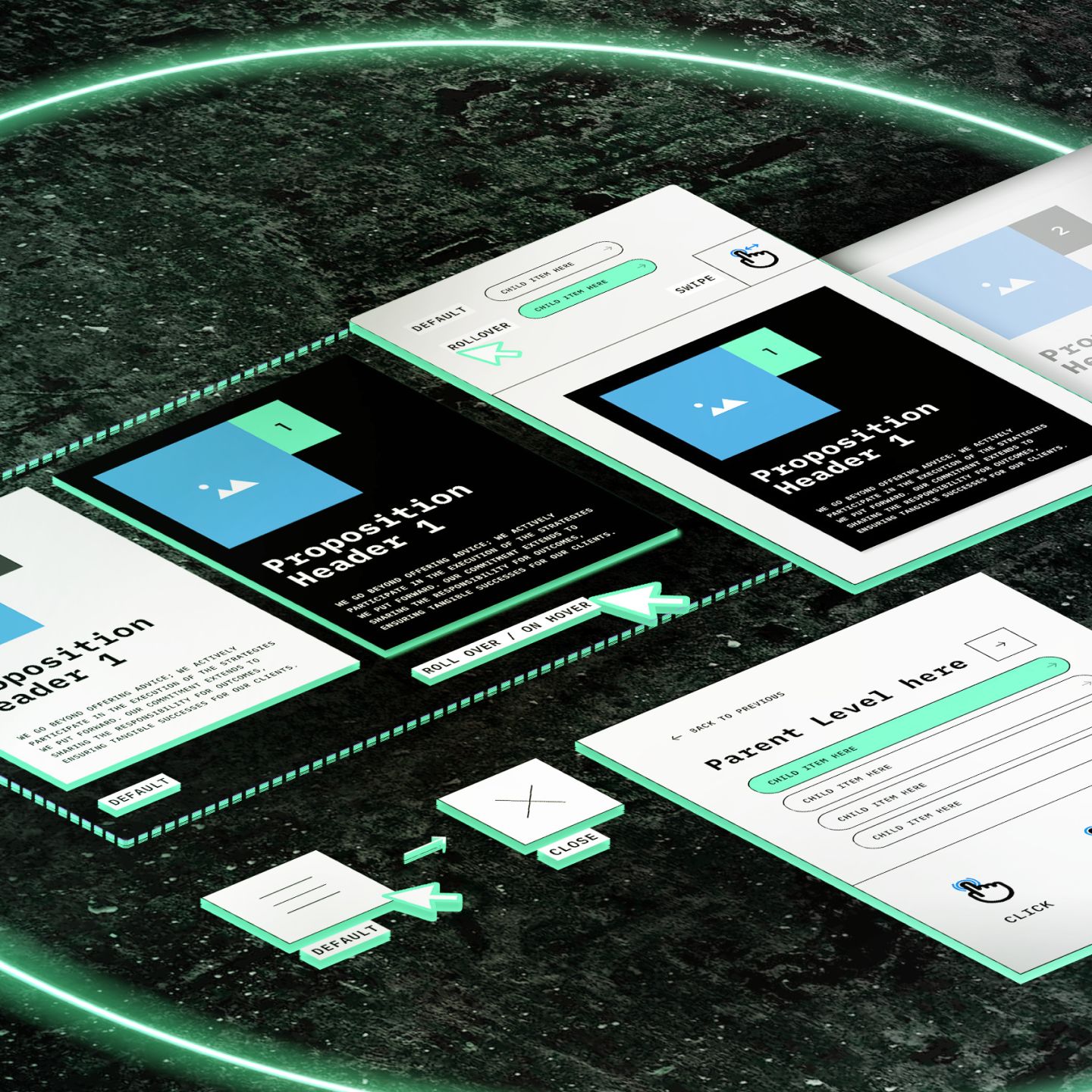
_web.webp)










